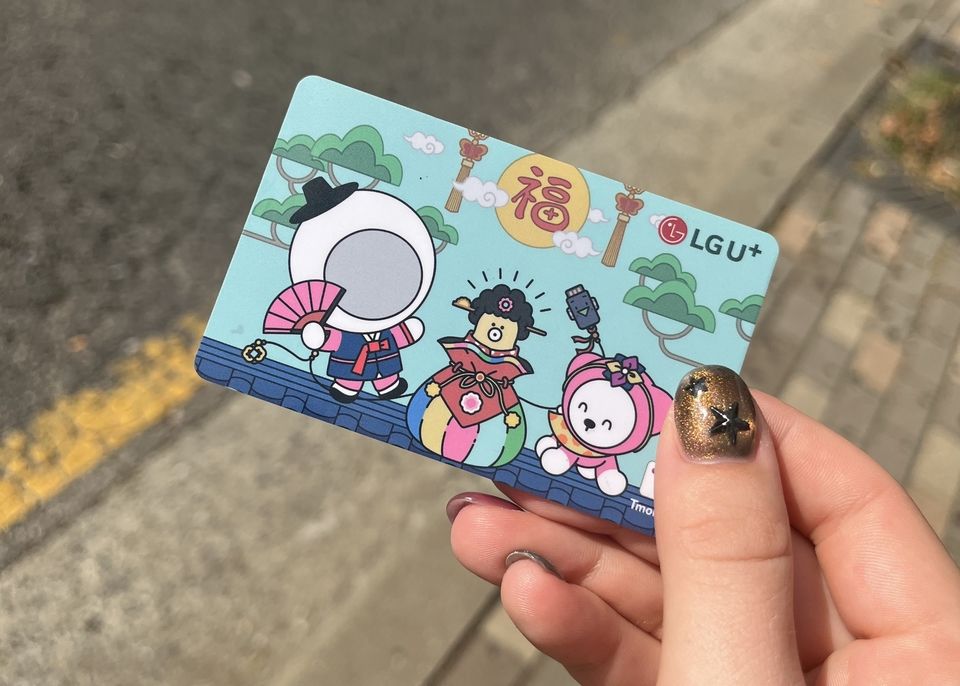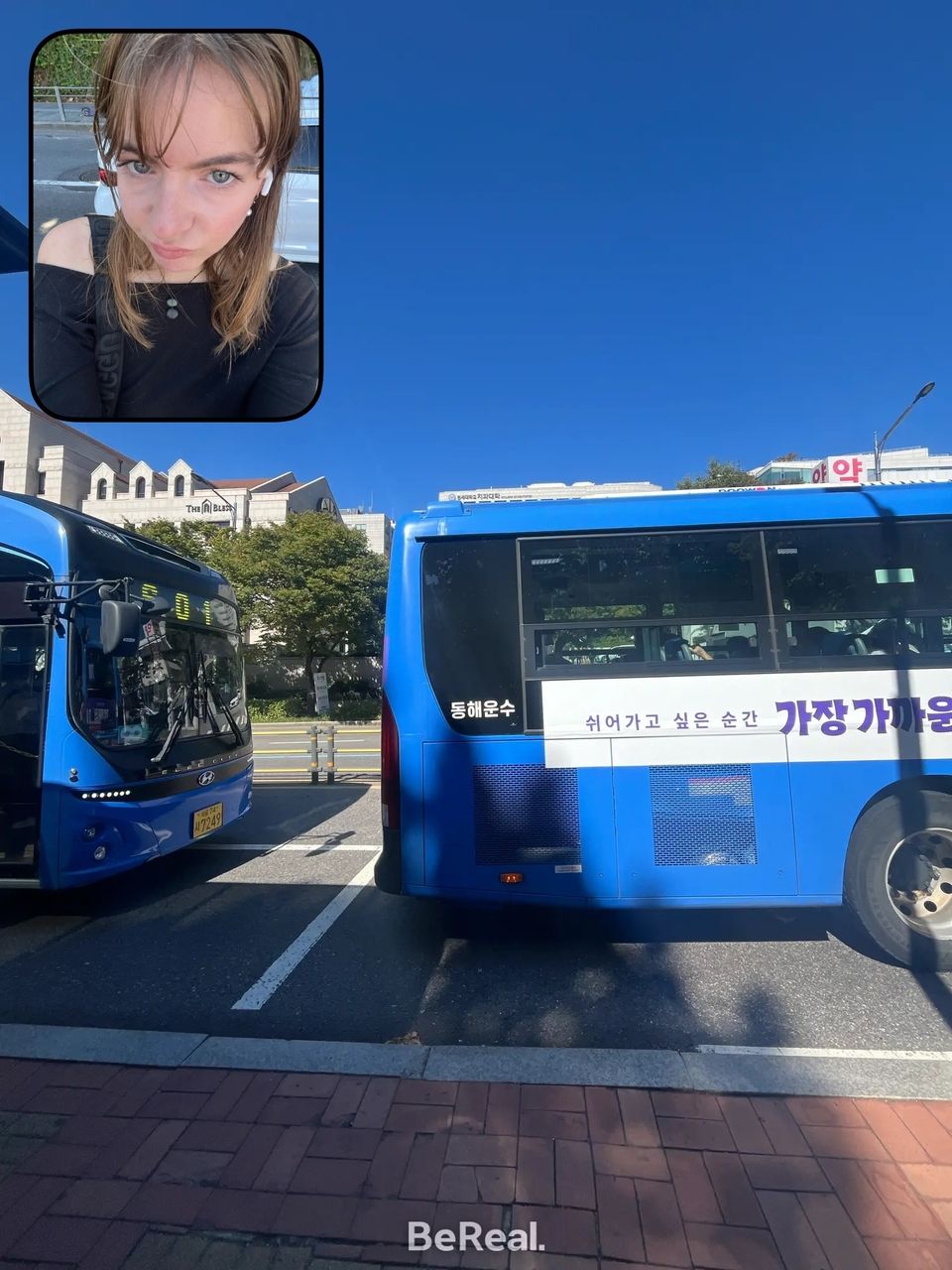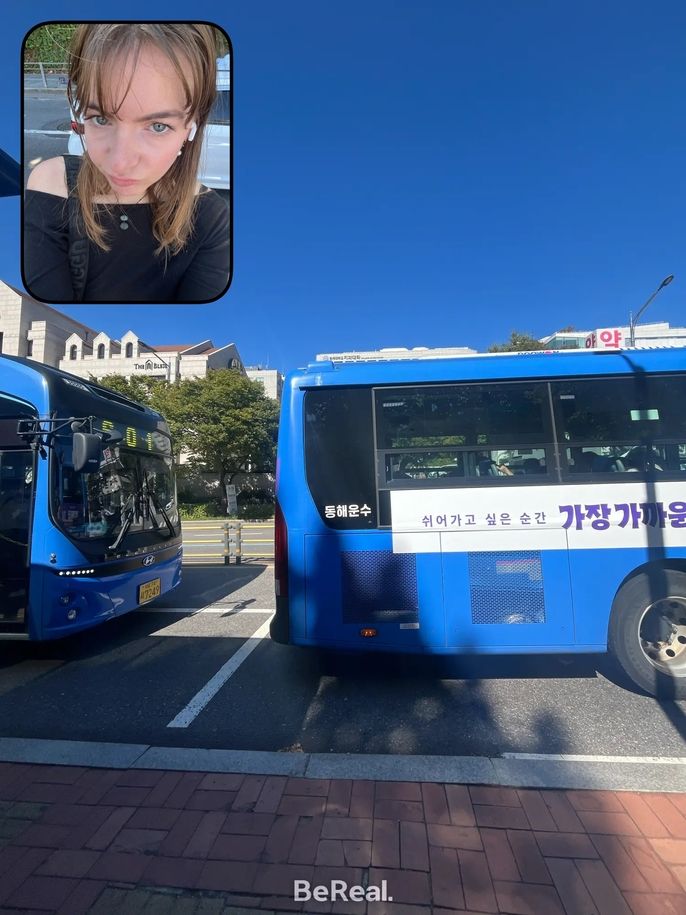Getting around Seoul
Coming to Seoul, I thought I would feel lost amongst the big buildings and winding streets. I’ve never lived in a city this big before, but slowly, the parts of the map are coming together as I figure out where I am in relation to campus and the rest of the city. Most people use Naver Maps to get around, it seems to give the most direct routes with the most accurate time estimations. It doesn’t always update as you move though, leading you in circles for a little bit if you don’t look around at the buildings in front of you to get your groundings.
I use the T-Money card I received with my cellular plan from LG, CIEE did provide one during orientation, but the LG design is cuter:) While some people chose the Climate Card, I think the T-Money card is more versatile as it can be used outside of Seoul, and more cost effective for the amount of travel I do/will do over the semester. You can load the card in convenience stores or in the subway stations, which is what I typically do.

Sinchon, the closest station to the Yonsei campus, is home to the Line 2 subway, which follows a large loop around the main parts of Seoul, giving access to some of the big neighborhoods throughout the city. When using the subway, I find accessing the subway maps (not the terrain/traffic map that shows subway), and working backwards from your destination through transfers, is the best way to figure out your route. With an iPhone, I hold down for quick access on the Naver Map app and select Subway. Most of the subway stations have convenience stores and other shops and spots in them, you can often smell the sweet scent of the walnut cookies as you walk to your train. I recommend stopping for them at least once, they taste just as good as they smell. The stations and trains have wifi on them and most people mind their business and stay occupied on their phone throughout the ride, even when riding with others.
On public transit, there’s a few social expectations people abide by, no different than anywhere else:) People keep their volume to a minimum, and it’s fairly disrespectful to be talking loudly and often a dead giveaway that you’re a foreigner. Eating and drinking are not permitted and while it’s not really enforced on the subway (it is on the bus), it’s still better to finish your drink before getting onboard. The seats are all first come first serve, but there are some seats designated for the elderly, the disabled or injured, and pregnant women which you should give up if someone needs that seat. While it’s easy to play the foreigner card with all of these and say “I didn’t know,” you are a guest in this country and should respect the social norms it expects. Likely, no one will call you out on anything but there may be an ajumma or two that will give you a stare or a talking to.
The buses are nice for shorter distances, especially if you have a specific location in mind (as opposed to the subway which will just dump you in the general area). They run until about midnight, same as the subway, and then a few night buses take over until the early morning. They are very reliable and run pretty frequently, be warned though, the bus drivers are notoriously aggressive and you will be thrown around, the handles are not a suggestion! You’ll see pretty quickly why there’s so many K-drama scenes of falling into each other on the bus. During rush hour (around 6pm) both the trains and buses are packed, and sometimes you will not be able to fit on! Try to plan around it as there’s nothing worse than standing on a packed bus, fighting dehydration and motion sickness with a 30 minute ride ahead.

There are also long haul buses that run cross city and out into the suburbs, they are more like tour buses and will show the number of seats available as you get on. If you’re doing a day trip somewhere, take one of these! Naver Maps will route you on one, just make sure you get on the right one as sometimes stops are few and far between. If you are planning on going super long haul to another city, I do not recommend the bus. Traffic getting out of Seoul is always bad and it will always take longer than it says, take KTX and book in advance.
I like to walk places if I can and see the sights above ground. If the weather is nice, and it’s not that much longer to walk, I recommend walking! Campus is around a 20-minute walk to the Sinchon Station and a 45-minute walk to Hongdae (which can be a nice cool down on a night out when the buses aren’t running). Naver’s estimates on walks are usually on the higher end and sometimes it’s just simply the most straightforward route. It’s really fun to experience the feel of the city, noticing people and places and remembering things to come back to. No matter what neighborhood or what time I’m walking, I feel very safe on my own, there’s always other people out and about, and you can take some cool backways through alleys and stairs that you wouldn’t be able to see in a car.
Overall, getting around Seoul is a breeze. People are mostly friendly (besides a few stares) and will answer questions kindly. I love taking the subway, being alone in my thoughts in public and feeling like a cool city girl. If you’re someone who’s good with directions, there’s lots of landmarks to abide by and you can figure out relatively quickly how to get around without a map. For those of you who need a map, no shame, just follow the little blue line and don’t try to overcomplicate things. After a few weeks, the city will feel just like home.
Related Posts

Soul Searching in Seoul: Everything I Learned and What I Wish I Knew
Before I start crafting my “study abroad changed me” answers for friends and family, here are the practical things I wish I’d known. The things that would’ve saved me time... keep reading

A Seoul Escape to Bukhansan
Get out of the hustle and bustle of Seoul and head to the peak of Bukhansan!

My Time in South Korea Attending Yonsei University: A Life-Changing Chapter
By: Zahrraa Al-Salman Studying abroad had always been a dream of mine—an opportunity to step outside of my comfort zone, immerse myself in a new culture, and deepen my understanding... keep reading

